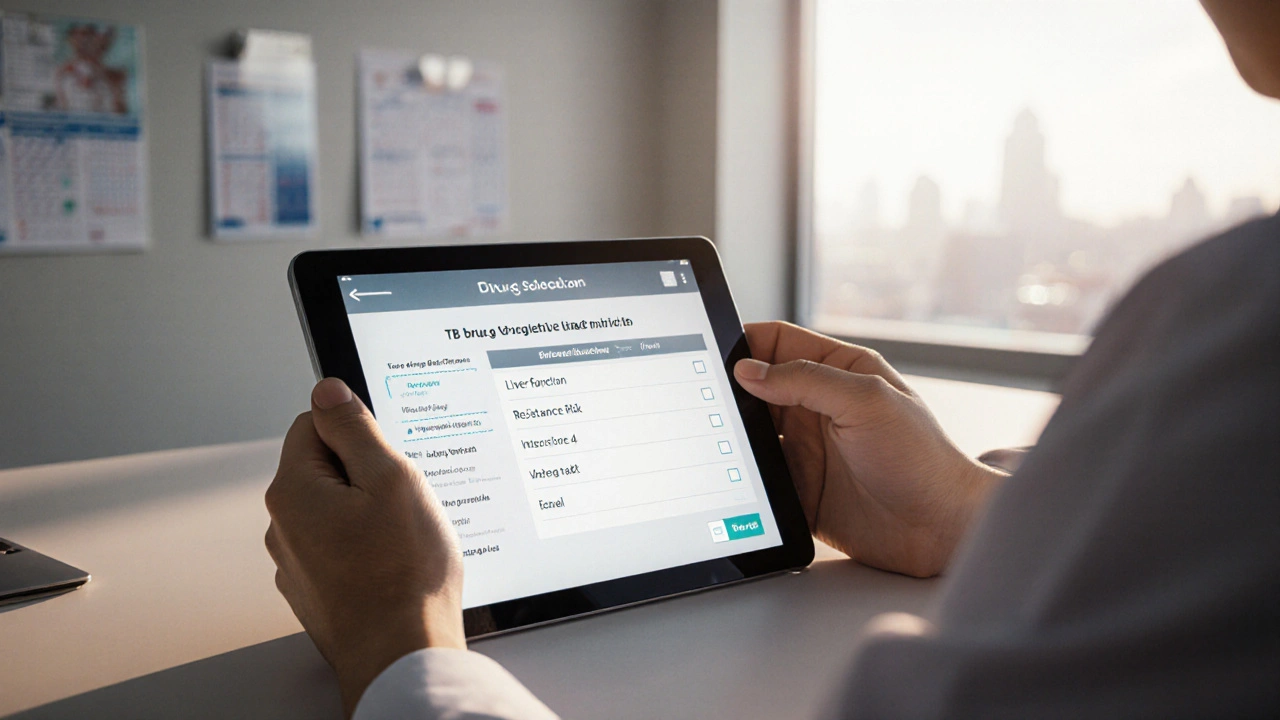Isoniazid – Key Facts and Practical Insights
When working with Isoniazid, a first‑line anti‑tuberculosis medication also known as INH, also known as INH, it serves as a cornerstone in both treatment and prevention of TB. Tuberculosis, a contagious bacterial infection affecting lungs and other organs is the disease it targets, while the drug belongs to the Antibiotic, a class of medicines that kill or inhibit bacteria family. Understanding these links helps you see why clinicians rely on isoniazid as a first line defense.
Why Isoniazid Matters in Modern Medicine
Isoniazid works by disrupting the synthesis of mycolic acids, essential components of the TB bacterium’s cell wall. This mechanism makes it highly effective against actively replicating strains, which is why Prophylactic use, preventive treatment given to high‑risk individuals of TB is a common strategy in many health programs. When you pair it with rifampin or ethambutol, treatment success rates climb dramatically, cutting down relapse chances.
However, isn’t every drug perfect? Isoniazid can strain the liver, leading to Liver toxicity, a condition ranging from mild enzyme elevations to severe hepatitis. Regular liver function tests are a must, especially during the first three months when the risk peaks. Patients who drink heavily or have pre‑existing liver disease need dose adjustments or alternative regimens.
Dosage isn’t a one‑size‑fits‑all either. For adults, a typical daily dose is 300 mg, but children receive weight‑based dosing (10 mg/kg). The drug is available in tablet and powder forms, making it adaptable for directly observed therapy (DOT) programs. Adherence is critical; missing doses can breed resistant TB strains, which are far harder and costlier to treat.
Beyond treatment, isoniazid shines in latent TB infection (LTBI) management. A six‑month daily course lowers the risk of active disease by up to 90 %. For people living with HIV, a shorter three‑month regimen combining isoniazid and rifapentine offers similar protection with better tolerance. These options illustrate how the drug’s flexibility meets diverse patient needs.
Side effects beyond liver issues include peripheral neuropathy, especially in patients with vitamin B6 deficiency. A simple prophylactic dose of pyridoxine (25 mg/day) usually prevents nerve problems, showing how a tiny addition to the regimen can avert a major discomfort.
All this data connects back to the core idea: isoniazid is more than just a pill—it’s a strategic tool that intersects disease control, patient safety, and public‑health policy. Below you’ll find a curated set of articles that dive deeper into each of these angles, from detailed dosage guides to real‑world case studies on managing liver health while on therapy. Explore the collection to arm yourself with the practical knowledge you need to use isoniazid wisely.
Isoniazid vs. Alternative TB Drugs: Benefits, Risks & Best Uses
A detailed comparison of isoniazid with rifampin, ethambutol, pyrazinamide and fluoroquinolones, covering efficacy, side effects, dosing, and best-use scenarios.
© 2025. All rights reserved.

